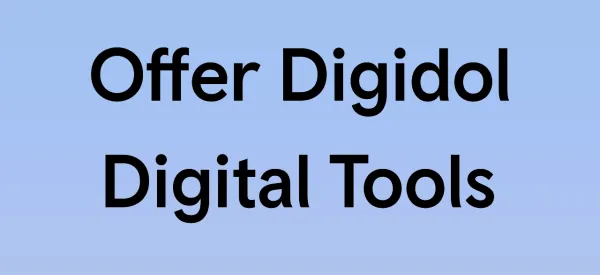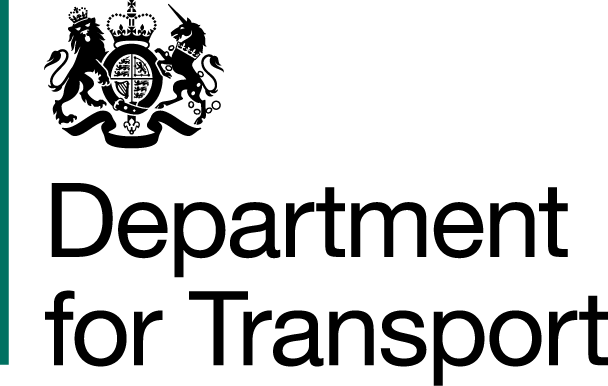Step 2: Selecting your activities
Now you have chosen your topic, you need to select the most appropriate activities for your session. Choosing the right activities will help shape the feedback that you get from the session, so it’s worth spending some time on it.
Things to consider:
-
What is your overall aim?
-
What do you want to find out from the group?
-
How does each activity link together?
-
How will this be facilitated with the number of participants involved?
-
What barriers might the group face?
-
Identify the issue or community opportunity.
-
Identify what objectives participants would like to see happen to make this issue/opportunity happen.
-
Participants give solutions to the issue/opportunities they have identified.
When selecting your activities, you may want to consider:
-
Age
-
Gender
-
Background
-
Language
-
Additional needs
-
Setting
A coding system has been suggested for each activity to help you choose the method of facilitation to suit the group you’re working with:
|
|
|
|
|
|
|
NR - No resources required |
G - Group exercise |
I - Individual exercise |
YP - Young people friendly |
DP - Digital platform optional |
Don’t forget to come up with some ground rules for working together. These really help to address group dynamics and how they can work well together in the workshop.
Let the group establish and agree upon boundaries that can be returned if necessary. This can include things such as not interrupting each other and respecting each other’s opinions.
|
|
Click Here to start planning your activities using our simple session plan template - accessible version |
Select your Icebreaker
Icebreaker games are activities you play at the start of a session to help people get to know each other and to start working collaboratively.
You can find lots of ideas on the internet by searching ‘icebreakers’, or you can choose one from our suggestions.
Six Words of You
|
Suggestion 1 |
G, NR, DP |
|
Six Words of You is a great icebreaker game that is guaranteed to start conversations between your participants. To play this game, each member of your team brainstorms six words to describe them, their personality or aspects of their life and then shares their Six Words with the group. |
|
Paper Balls
|
Suggestion 2 |
G, YP |
|
Give each participant four bits of paper and ask them to write down four questions - they can be funny or general. Give examples such as, “What’s your favourite kind of a person, and why?” or “What do you think of giraffes?” Have all the players crumple up their four sheets of paper with questions on them into “snowballs.” Let everyone have a snowball fight with the paper snowballs for around 30 seconds. When time’s up, have everyone grab four paper balls as fast as they can and un-crumple them. Every player has to answer their four questions. |
|
Select your Main Activities
Select the number of activities needed to fill the session time from the templates and exercise list.
Community Mapping
|
Community Mapping |
I, YP |
||
|
What is it for? It is an opportunity to find out what is important in participants’ communities and how they can get from one place to another. It gives the facilitator an idea of how transport affects local communities and the activities they participate in. Great for:
Set-up Draw out a journey that you take often, using various modes of transport.
|
|||
Hot Potato
|
Hot Potato |
G, YP |
||
|
What is it for? This is a great activity to find out what participants know about a certain topic that can inform future sessions. Great for:
Set-up Set up hot potato by all standing or sitting in a circle or U shape. You can encourage discussion by allowing participants to throw a ball to each other to probe conversation.
|
|||
Inform The Alien
|
Inform The Alien |
NR, G, YP, DP |
||
|
What is it for? This is used to help less informed participants of the group feel included on an issue. Great for:
Set-up Divide the group into Informants and Aliens.
|
|||
Daily Round
|
Daily Round |
G, I, YP |
||||||||||||||||||||||
|
What is it for? It can reveal a lot about what participants are doing when they travel and how they choose to get around. Great for:
Set-up
|
|||||||||||||||||||||||
Plant Your Ideas
|
Plant Your Ideas |
G, I, YP |
||
|
What is it for? It is an opportunity to find out what is important in participants’ communities. It gives the facilitator an idea of how transport affects local communities and the activities they participate in. Great for:
Set-up Use the flower pot to show the issues of your chosen topic and what could be done to resolve those issues.
|
|||
Problem Tree
|
Problem Tree |
G, I, YP |
||
|
What is it for? This highlights the root causes of local issues within transportation and their effects. Great for:
Set-up Use the tree to show the challenges of your chosen topic, the effects these have and what could be done to resolve hose issues. Discuss your solutions as a group.
|
|||
Draw Me
|
Draw Me |
I, YP |
||
|
What is it for? A quick way to find out groups feelings around a specific topic. Great for:
Set-up Use the template below to draw your feelings towards your chosen topic. Think about how this issue can affect you emotionally, mentally, financially and physically, labelling those feelings in the associated places of the body.
|
|||
Diamond Ranking
|
Diamond Ranking |
G, I, YP |
||
|
What is it for? Helpful to prioritise ideas or issues in communities. Useful for understanding conflicting or similar issues and needs. Great for:
Set-up Write on as many cards as you like what you feel is most important about you topic. You can choose to diamond rank your own or prioritise as a group by including everyone’s cards.
|
|||
Thought Bubbles
|
Thought Bubbles |
G, I, YP, NR |
||
|
What is it for? A quick way to link 3 different topic or 3 different issues within the same topic. Helping the participant(s) to find similarities and solutions. Great for:
Set-up Use the bubbles below to either discuss multiple topic or 3 ‘buzz words’ on your chosen topic within your group. Where they overlap, discuss how each topic might impact or influence each other.
|
|||
Carbon Footprint
|
Carbon Footprint |
I, YP |
||
|
What is it for? A creative and visual method to think about steps we can take to address sustainability concerns. Great for:
Set-up In your group, discuss what you can do to reduce your carbon footprint while using transport or give your ideas on how to improve sustainability. Use the footprint below to write your ideas or alternatively, draw around your own foot.
|
|||
Select your Closing Activity
Closing a session is just as important as the icebreaker and the main body of the session. A good closure will create a lasting impression and will have participants reflecting on what they have learnt. It will also make the session more meaningful and relevant.
As the facilitator, you will be able to summarise the session and capture key information and leave the participants feeling valued.
It also enables participants to have the opportunity to express any concerns, ask questions, and clarify their own understandings.
Snowstorm
|
Snowstorm |
G, YP |
|
Participants write down what they learnt on a piece of scrap paper and wad it up. |
|
Quiz
|
Quiz |
G, DP |
|
Give a short quiz using some of the recommended digital tools below to cement learning. |
|
One Word
|
One Word |
NR, G, DP |
|
One Word is another quick but effective closing activity that can be used at the end of any lesson. Their one word may relate to their understanding of the lesson, how they felt about the lesson, a question or a celebration. |
|
3-2-1 Feedback
|
3-2-1 Feedback |
NR, G, I, YP, DP |
|
Participants write down three things they learnt in the session, two fun facts, and one question that they have. |
|
Post-It Evaluation
|
Post-It Evaluation |
|
|
Give everyone a sticky note and ask them to write 3 things before they leave the session. What was good, bad and to be improved. Ask them to stick the note on the door as they leave. |
Scale
|
Scale |
|
|
Ask participants at the start and end of a workshop to star on a scale how they felt about a certain topic or workshop challenge. |
If you would like to use the closing template you can, however it’s not required.
|
|
A closing activity needs to be followed by completion of the evaluation.
Step 3: Evaluate the session
|
|
Click here to access the facilitator’s survey |




